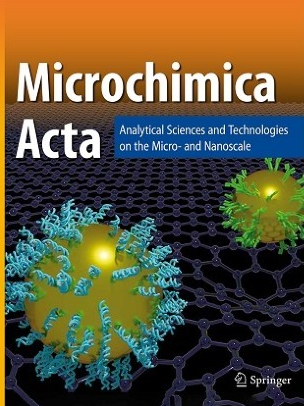Role of π-π stacking and synergistic interactions in the colorimetric detection of Malachite Green using Zeolitic Imidazolate Framework incorporated with silver-doped Graphitic Carbon Nitride (ZIF-67@Ag-g-C3N4) based composite
Abstract
The facile synthesis is demonstrated of a composite consisting of Zeolitic Imidazolate Framework incorporated with Silver-doped Graphitic Carbon Nitride (ZIF-67@Ag-g-C3N4) for the sensitive and selective detection of Malachite Green (MG) through spectrophotometry and colorimetry. The composite was prepared through hydrothermal treatment of ZIF-67 and Ag-g-C3N4, with the latter two being prepared via mechanical stirring and calcination, respectively. Various techniques were used to examine the structural and morphological characteristics of ZIF-67@Ag-g-C3N4. The average particle size of the composite material was found to be 0.488 µm. ZIF-67@Ag-g-C3N4 demonstrated enhanced colorimetric sensing of MG, attributed to the π-π stacking and synergistic interactions between ZIF-67 and Ag-g-C3N4, revealing a detection limit of MG as low as 12.72 µM. With its versatile and efficient approach to detect MG contamination from several kinds of water sources, the developed composite material represented an exciting breakthrough in environmental monitoring.
Graphical abstract

 求助内容:
求助内容: 应助结果提醒方式:
应助结果提醒方式:


